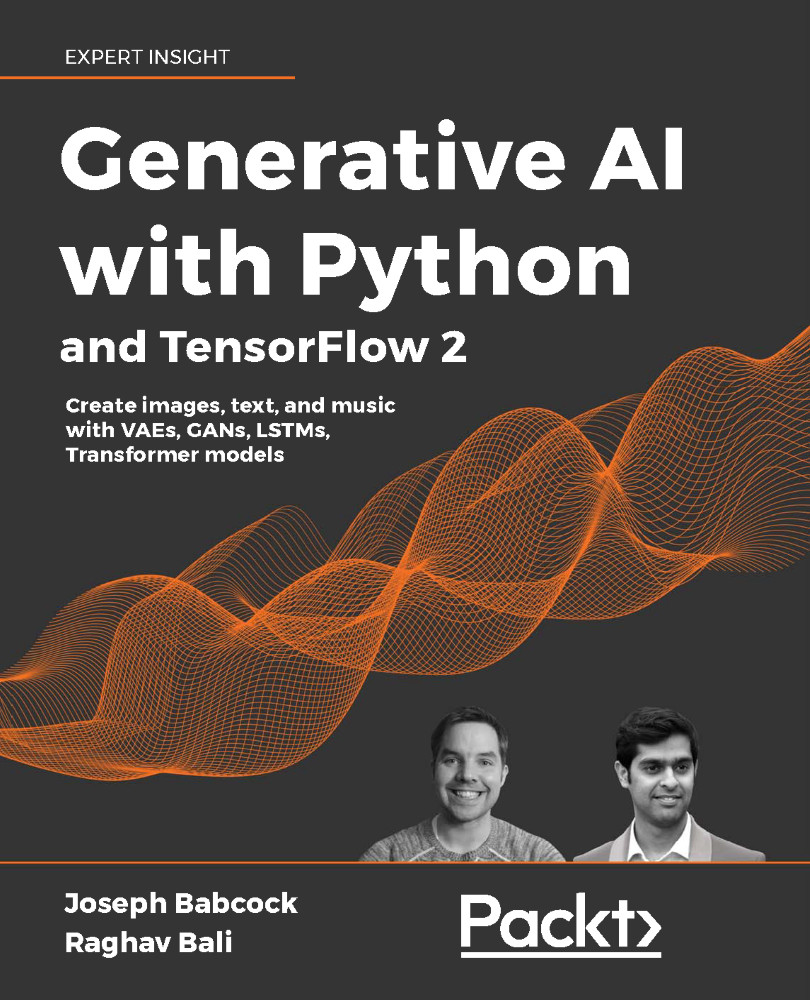Getting started with music generation
Music generation is an inherently complex and difficult task. Doing so with the help of algorithms (machine learning or otherwise) is even more challenging. Nevertheless, music generation is an interesting area of research with a number of open problems and fascinating works.
In this section, we will build a high-level understanding of this domain and understand a few important and foundational concepts.
Computer-assisted music generation or, more specifically, deep music generation (due to the use of deep learning architectures) is a multi-level learning task composed of score generation and performance generation as its two major components. Let's briefly discuss each of these components:
- Score generation: A score is a symbolic representation of music that can be used/read by humans or systems to produce music. To draw an analogy, we can safely consider the relationship between scores and music to be similar to...












































































